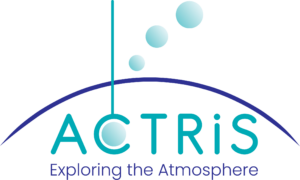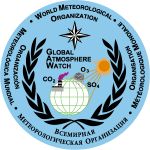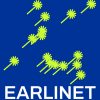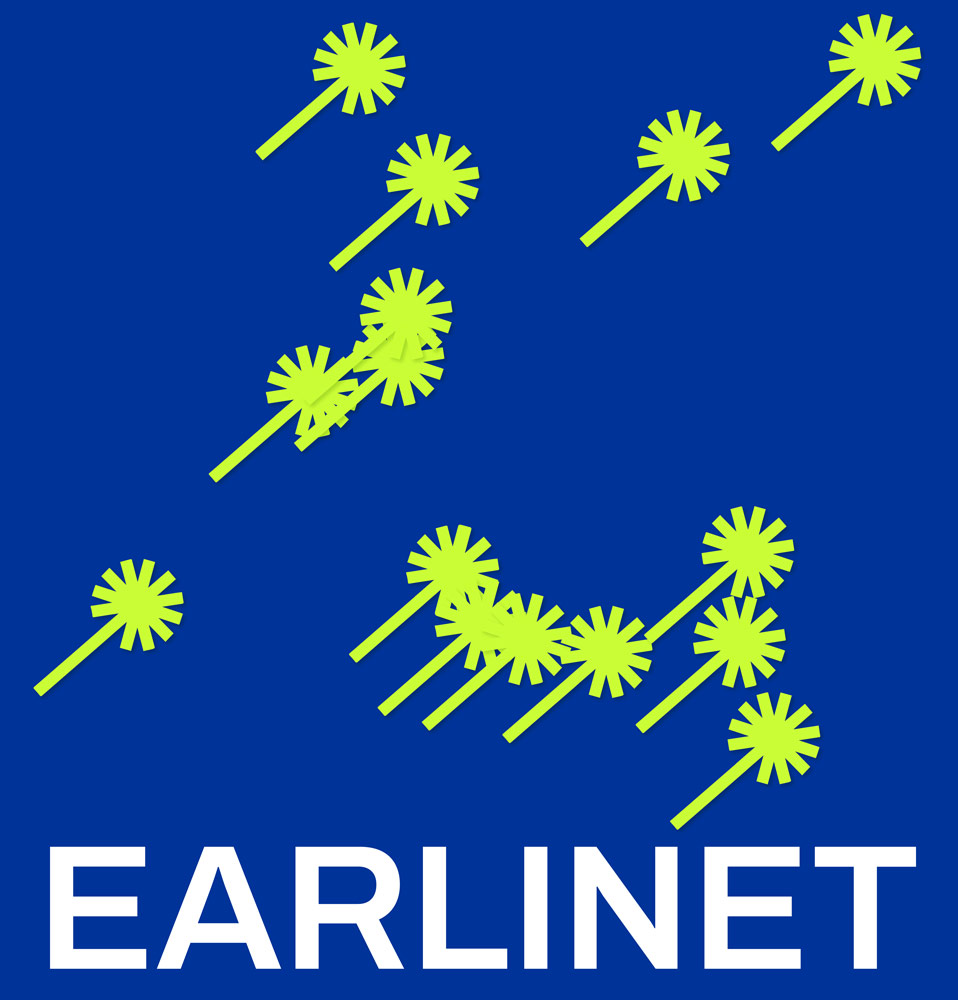This website is currently under contrunction
You can navigate it, but some sections are still in development and may not function properly

A European Aerosol Research Lidar Network to Establish an Aerosol Climatology: EARLINET
In 2000, the European Aerosol Lidar Network EARLINET was establish to connect the institutions performing lidar research across Europe. Over the years, EARLINET has been pioneering lidar development, scientific approaches, and established an operational measurement network performing regular measurements including a regular quality assurance. With the establishment of the European Research Infrastructure on Aerosol, Clouds, and Trace Gases ACTRIS, the operational/measurement part of EARLINET moved to ACTRIS to have a sustainable framework for regular research lidars measurements. However, EARLINET remained as network of lidar expertise and science.
The new EARLINET hosts Institutions performing lidar measurements, lidar development and/or lidar research related to atmospheric aerosol and clouds. EARLINET aims to foster scientific exchange, development of new technologies and fundamental research on aerosol and clouds and its interaction.
EARLINET & ACTRIS
EARLINET is a key component of the ACTRIS infrastructure, which represents a big step towards a better coordination of the atmospheric observations in Europe towards the establishment of the European component of an Integrated Atmospheric Global System as part of GEOSS, the Global Earth Observation System of Systems (GEOSS, 2005). EARLINET is also a contributing network to the GAW Programme.
ACTRIS infrastructure, which represents a big step towards a better coordination of the atmospheric observations in Europe towards the establishment of the European component of an Integrated Atmospheric Global System as part of GEOSS, the Global Earth Observation System of Systems (GEOSS, 2005). EARLINET is also a contributing network to the GAW Programme.
Currently, EARLINET, in the frame of ACTRIS, is supported by two different EC-projects: ACTRIS-2 (funded by the European Union – Research Infrastructure Action under the H2020 specific programme for “Integrating and opening existing national and regional research infrastructures of European interest” under Grant Agreement n°654109 (1 May 2015 – 1 May 2019) and ACTRIS Preparatory Phase Project (PPP) (a EU Horizon 2020 Coordination and Support Action (grant agreement No 739530, started on 1 January 2017 for a period of 3 years).). The former revolves around the on-going research, coordinating efforts of partner organisations and producing observations and data, while the latter is a project aiming to establish a research infrastructure with its own legal entity and operational structure that will carry on the work done by ACTRIS-2.
EARLINET & GALION
The Global Atmosphere Watch (GAW) aerosol programme strives “to determine the spatio-temporal distribution of aerosol properties related to climate forcing and air quality up to multidecadal time scales”.
aerosol programme strives “to determine the spatio-temporal distribution of aerosol properties related to climate forcing and air quality up to multidecadal time scales”.
The specific objective of the GAW Aerosol Lidar Observation Network (GALION) is to provide the vertical component of this distribution through advanced laser remote sensing in a network of ground-based stations globally distributed. The mission of GALION is to organize the observational capability for the 4-dimensional distribution of key aerosol parameters at global scale
The aerosol properties to be observed will include the identification of aerosol layers, profiles of directly measured optical properties (backscatter and extinction coefficients at selected wavelengths, lidar ratio, Ängström coefficients, particle depolarization ratios) and indirectly inferred properties (e.g., profiles of light-absorption and single-scattering albedo), aerosol type (e.g. dust, maritime, fire smoke, urban haze), and microphysical properties (e.g., volume and surface concentrations, size distribution parameters, refractive index). Observations will be made with sufficient coverage, resolution, and accuracy to establish a comprehensive aerosol climatology, to evaluate model performance, to assist and complement space-borne observations, and to provide input to forecast models of “chemical weather”.
GALION is based on the cooperation between existing lidar networks (ALINE, AD-Net, CIS-LINET, CORALNet, EARLINET, NDACC, REALM/CREST, and MPLNET).


